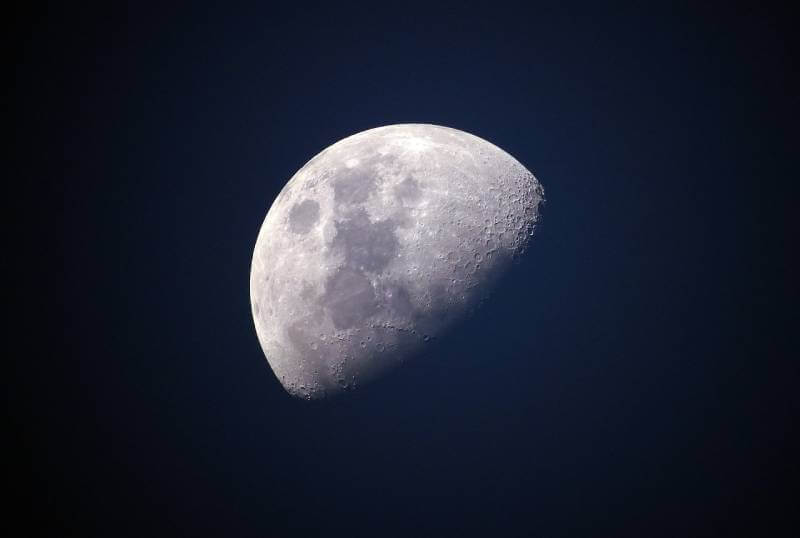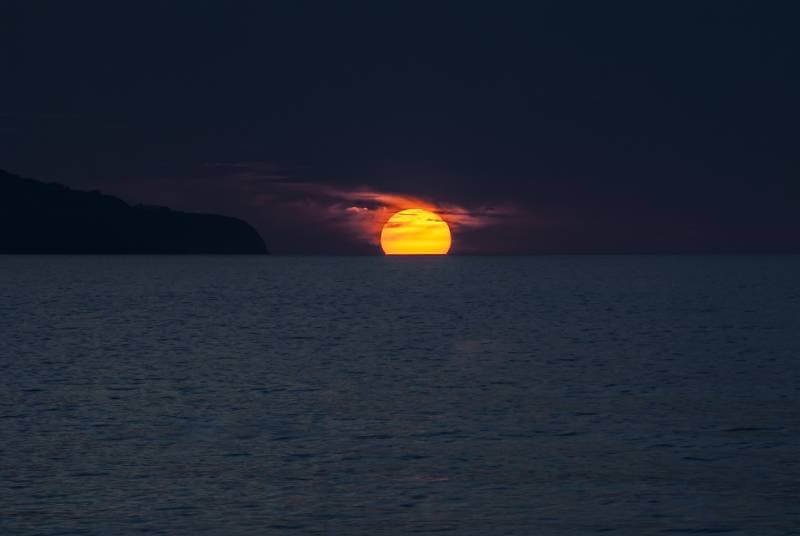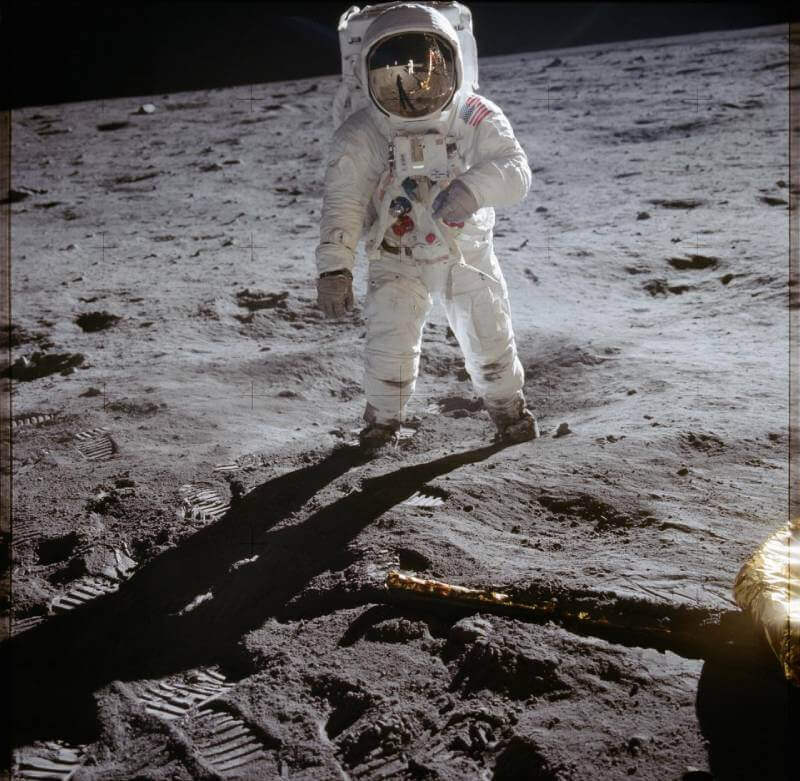Seeing the full Moon light up the sky is mystifying and inspiring, sparking many questions about our lunar satellite. One of the biggest questions regarding the Moon is its gravitational force on the Earth and whether the lunar surface has its own gravity.
Gravity is a force pulling objects together. On Earth, it draws us to the ground, and in the cosmos, the larger the object, the greater its gravitational effect on other stellar bodies. Stars and planets have the strongest gravitational effect, with the sun being a good example.
Our star pulls all the planets in the solar system towards it, locking them in orbit. Jupiter is the largest planet in the solar system and, thus, has the biggest gravitational pull. While Jupiter has 79 moons and a gravitational effect 2.5x stronger than our planet, the Earth only has one Moon orbiting it.
According to astronomers, the Moon is very old, orbiting our planet for the last 4 billion years. Experts believe the Moon formed due to a collision between the Earth and a Mars-sized celestial body called “Theia,” in an event known as “The Big Splash.” Our satellite is only a quarter of the size of our planet, and the lunar surface is an array of craters, mountains, and plains.
Does the Moon Have Its Own Gravity?
Being a large astral body, the Moon does, in fact, have gravity on the lunar surface – but it’s nothing like what we experience on our planet. The gravitational pull of the Moon is approximately ⅙ of Earth’s. So, objects on the lunar surface have only a sixth of their weight on Earth.
For instance, if you weigh 180 lbs on Earth, you would have a mass of 30 lbs on the Moon. NASAs Apollo program landed astronauts on the lunar surface in 1969, with America being the first country to set foot on our satellite.

Neil Armstrong and his team could walk on the Moon due to its gravitational pull on their bodies. Without gravity holding them to the lunar surface, they would simply float off into space. Since gravity is weaker on the Moon, the Apollo astronauts could jump higher than they could on Earth, making it easy for them to move around.
When fully kitted in their spacesuit, the average weight of an Apollo astronaut was approximately 290 lbs, meaning they only weighed around 48 lbs on the Moon.
How Much Is the Gravity on the Moon?
So, how do scientists measure gravity on the Moon? Sir Isaac Newton was the first to formulate his gravitational theory in 1665 or 1666. As a result, science named the measurement of gravity in his honor, using the metric “Newtons” (N) to characterize it in mathematical and scientific terms.
Newtons were officially named during the 1960s, used as a measurement force, and thus, to describe the effect of gravity. One Newton (1N) represents the force required to accelerate a mass of 2.2 lbs (1kg) at 3 feet (1 meter) per second squared.
So, the scientific way of expressing Earth’s gravitational force on the Earth’s surface is 10N/kg. So, for every kilogram of mass, objects on the Earth’s surface experience 10N.
Since the Moon’s gravitational force is weaker than Earth’s, objects on the lunar surface experience a gravitational force of 1.6 N/kg. Therefore, objects on the Moon weigh significantly less than they do on Earth.
Why Is Gravity Weaker on the Moon?
Why does the Moon have a lesser gravitational force than the Earth? It’s simple, really. The Moon is much smaller than the Earth, and a star, planet, or satellite has a surface gravity proportional to its mass. So, since the Moon is four times smaller than the Earth, it has a weaker gravitational pull on objects navigating the lunar surface.
It’s for this reason that gravity relies on mass to calculate the force it exerts, and also the reason why it changes depending on the size of celestial bodies and how far away from the sun they are in our solar system.
If we list the planets in order of those with the highest gravitational force, it looks like this.
- Jupiter
- Neptune
- Saturn
- Earth
- Uranus
- Mars
- Mercury
Understanding Gravity & the Lunar Tide
So, now that we know about gravity and how it affects planets and moons in the solar system, let’s unravel another mystery – the Earth’s ocean tides. If the Moon’s gravity is so much weaker than the Earth, and astronauts can bounce around on the lunar surface like they’re on a trampoline, how could the Moon possibly affect the ebb and flow of the Earth’s oceans?
The tides are an effect of the Moon’s gravitational pull on the Earth. The location of the ocean on Earth and its distance from the Moon affect how the tides work. The near side of the Earth to the Moon is approximately 59 Earth radii from the Moon, with the far side being 61 radii away.
So, when the Moon is positioned directly in front of a location on Earth, its gravitational effect on the Earth’s surface is at a peak, creating a high tide in the ocean. When the Moon is on the far side of the Earth, its gravitational force on the surface is much weaker.
However, the same high tide happens on the far side of our planet from the Moon, despite the Moon’s gravity being unable to pull the ocean toward the center of the Earth. It’s pulling in the same direction as Earth’s gravitational pull, creating a high tide on the opposite side as well.
There’s approximately a 7% difference in the Moon’s gravitational force between the far and near sides of the Earth. So, the ocean tides are affected by the Moon’s gravitational pull and its elliptical orbit around our planet.
The sun also affects the tides of the ocean. High tides occur at the points farthest and closest from our star. Despite the sun being so much further from the Earth than the Moon is from our planet, its gravitational pull on the Earth is much stronger.

The alignment of the sun, Moon, and Earth determines tide height. When the Moon and the Sun align with the Earth, their combined gravitational effect on the Earth’s oceans creates “spring tides.” These tides typically occur during a full or new moon.
During a last or first quarter moon, the alignment of our planet and its satellite is vertical to the earth-sun line. Asa result, we get neap tides.
Wrapping Up
The Moon does have gravity, but it’s nothing like the force we experience here on the surface of the Earth. The gravitational effect of the Moon affects the oceans and tides on Earth and how they ebb and flow. Since our body is mostly water, that begs the question of how the Moon can affect us – but that’s a story for another time.

